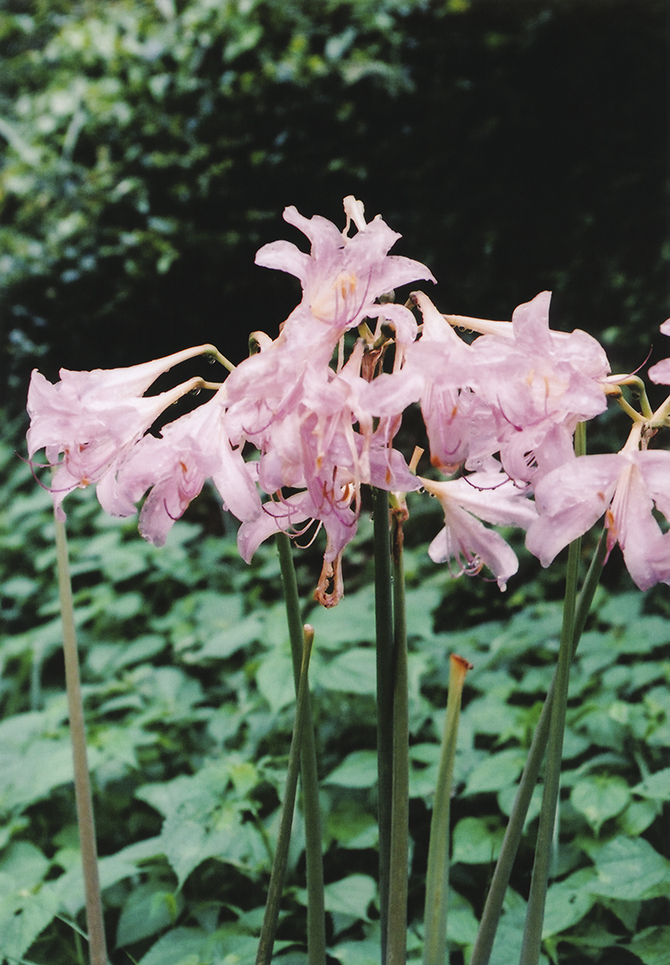2020-05
Kaoru Yokoo
The Awakening Universe
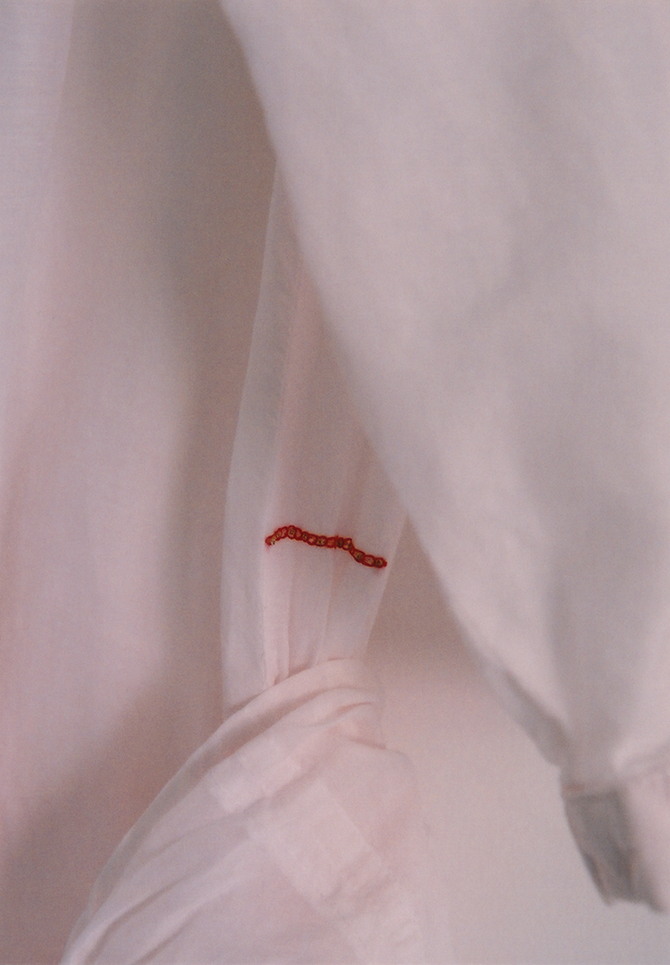
We are pleased to present repaired the clothes collection of Cosmic Wonder with Kaoru Yokoo “The Awakening Universe”.
From the Cosmic Wonder 2020 Spring / Summer collection “TENJIKU LIGHT”, Yokoo will present the world of repairs with beautiful and harmonious humor.
Cosmic Wonder’s clothing which has dyed natural materials occasionally some things that can not be sold due to color spots and fabric cracks. Kaoru Yokoo will perform art handwork such as embroidery and knitting to breathe new breath to them.
The first will be available from May 19 at Center for COSMIC WONDER Online Store.
The secound will be available from June 6 at Center for COSMIC WONDER and Center for COSMIC WONDER Online Store.
*It will end as soon as it is sold out.
Kaoru Yokoo
1979 Born in Tokyo.
Started from 2005, Active mainly on rectification by handwork such as embroidery or the crochet.
5-18-10 Minami-aoyama, Minato-ku, Tokyo
T. +81 (0)3 5774 6866
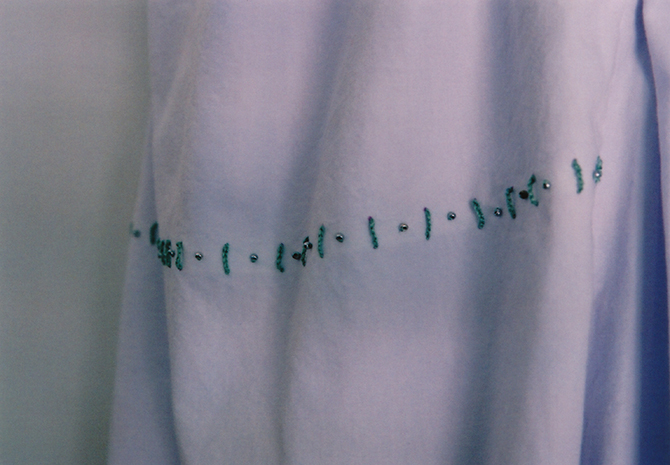
Beautiful Khadi village
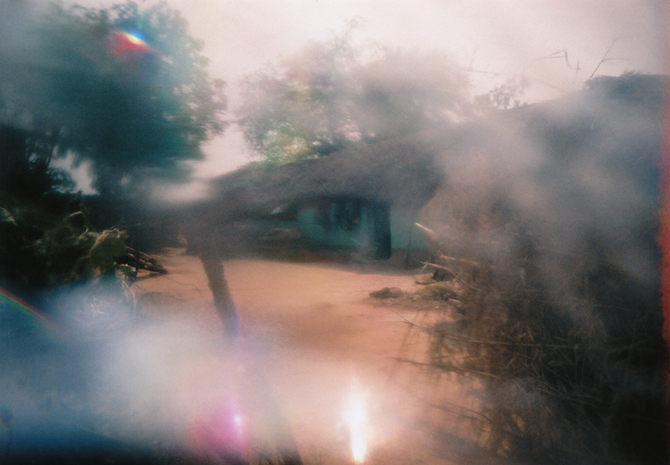
It was a long drive of about 6 hours from the city of Kolkata, India to the the village of Khadi. Upon arriving we drank chai from earthenware bowls and ate rotis. The table was set with paper napkins in shocking pink. April in West Bengal can be quite hot but walking in the scorching sunlight was made less difficult thanks to the gracious welcome of the villagers. Most of the village houses were made of clay with wooden structures painted with soil and with thatched roofs. The Okudosan (furnace), which was made as if it grew out of the earth, was where the thread gets refined. I was delighted to see that the village and its surroundings had withstood the changing times and very happy that our khadi was being woven here. The villagers share all of the work from scouring to weaving. At present, yarn spinning has evolved from the old Gandhi charka to the double charchard. Yarn spinning and winding are performed by women, while the weaving of large wide looms is performed by men. One loom was half-buried in the ground to take advantage of the humidity. In the past, every village would make khadi. And it is not so long ago that, in Japan, farmers made natural fabrics from plant fibers. This village, resounding with the pleasant sound of the loom, seemed joyful and full of life. Villagers were always passing from one house to another, or climbing the trees to pick mangoes, and talking animatedly with one another.
On that day, we stayed at a beautiful inn which had been the old factory for dying the khadi cloth indigo. Strolling through the garden at night, I saw countless fireflies shining like bells in the lime trees. The beautiful light was a gift for us on this journey.
April 1, 2020
Yukinori Maeda
Thanks and love to Masayo Esaki for arranging this trip to Khadi, to Ushma and Monika of Kolkata for finishing our Khadi up to the block print, and to everyone in Khadi village.
New arrival
COSMIC WONDER
TENJIKU LIGHT
Leather collection
Have a lot of fresh green, feel the beautiful wind and light.
We are pleased to present new arrival of Leather collection from “TENJIKU LIGHT” at Center for COSMIC WONDER Online Store.
Natural tanned leather and European ecology standard leather collection; folk shoes, Shoulder bag, Drawstring bag, Ribbon drawstring bag, Wallet, Bifold wallet, Circle coin case, Card case
Center for COSMIC WONDER Online Store
Baskets living across time
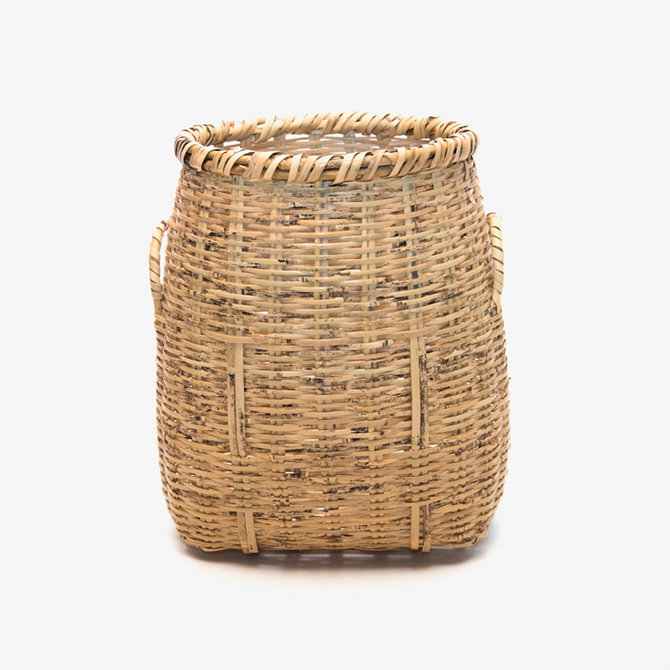
Japan was originally attached to the eastern coast of the Eurasian continent. The Japanese islands were formed approximately twenty thousands years ago, after several large crustal movements occurring over hundreds of millions of years. As the temperature of the earth gradually warmed from the end of the last glacial age, the Jōmon period started, and continued for more than several thousands years (and in some cases cited as long as fourteen thousands years), developing its own culture, until the arrival of the culturally different Yayoi period dated 300 BC to 300 AD. The Jōmon people were in contact with people overseas. Various things were introduced from south and from north, along the chained islands dotted from the Eurasian continent.
The Jōmon people used various housewares and tools such as potteries and stone implements, as well as hand-woven baskets made of local wild plants. Such baskets were excavated from many Jōmon ruins across Japan, these becoming a clue to understand the Jōmon lifestyle. This is significant and fascinating, in that the hand-woven basket has played an important role in the human life history since the earliest time.
The vegetation of Japan differs across regions, just as the climate differs. A wide variety of plants has been used for basketwork across islands including bamboos (such as madake-bamboo, mosochiku-bamboo, nemagaritake-bamboo, suzutake bamboo), akebi-vine, Japanese wing nut, wild vine, wild cherry tree, and kudzu vine. The shape and the weaving method of basket are also uniquely diverse, reflecting different lifestyles across regions, as well as according to its intended purpose, such as rice cultivation, grain harvest, and fishing.
Blessed with nature, made by the human hand, each basket is given a life. The production process involves soulfully laborious work from extracting raw materials in steep mountains, to designing the weaving pattern to enhance the material beauty. Each basket narrates the story of craftsmanship. The human’s reverence for nature dwells in each basket. The sublime beauty of a harmonious relationship between nature and humans, or the Japanese aesthetics, dwells in them. The art of traditional handcrafting celebrates the long history of human life. It invites us to the root of our soul.
Spring equinox, 2016
Sachie Nishizawa
English translation by Kaori Nishizawa


 Facebook
Facebook Twitter
Twitter